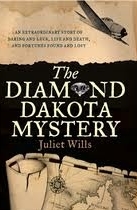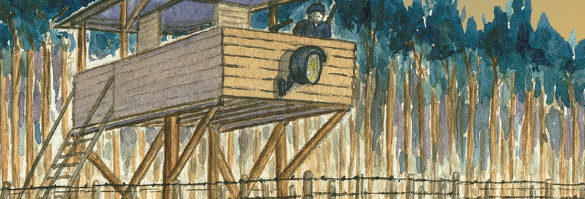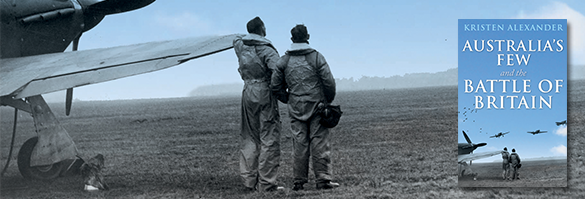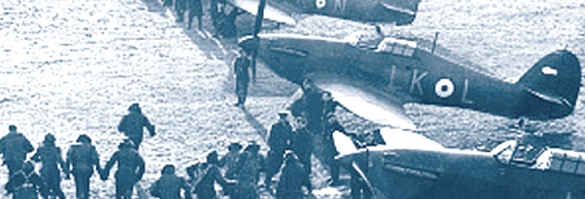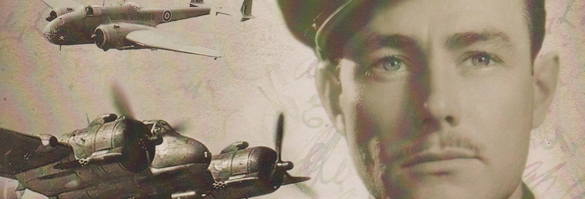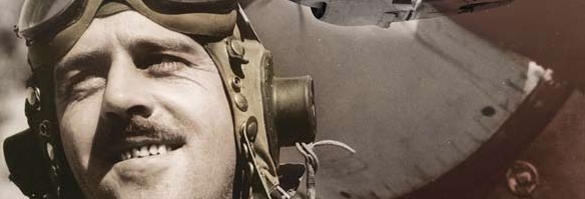Juliet Wills, (with Marianne van Velsen): The Diamond Dakota Mystery
…one of the most curious episodes in Australian history—the shooting down of a plane on the remote north coast of Western Australia during WWII; and the disappearance of a cache of diamonds worth tens of millions of dollars, many of which have never been found. Juliet Wills’ investigation reveals for the first time new details about this enduring mystery of a lost fortune. (Publicity blurb)
I was certainly interested in an update on this mystery as I had read with interest Tyler’s 1987 Flight of Diamonds. The Story of Broome’s War and the Carnot Bay Diamonds and Gary Disher’s beautifully written Past the Headlands which places the diamonds’ mystery in a literary (fictional) landscape. The Diamond Dakota Mystery is a quick read, well written and entertaining and I enjoyed it, despite Wills committing one of my most hated sins—that of incorporating conversation in a purportedly factual account where no one would have known what had been said, if anything (a sin that is, unfortunately, too often committed these days). Fortunately (for me, anyway) she does not use or abuse this technique too frequently.
Wills describes how the Dutch diamonds were sent out of Java as it fell to the Japanese (and in that description she indulged in the aforementioned sin) and quickly moved on to what happened to the escaping aircraft and their passengers. Although not end-noted, she draws on recollections and official records to describe the Japanese attack on Broome, summed up simply in her chapter title: Destruction. Although this account is brief, I was caught up in the military and human tragedy and was moved by the personal perspectives presented of, for instance, Sophie van Tour, in Catalina Y-59 who watched in horror as her daughter was shot in the eye by a strafing Zero and of young Catharina Komen-Blommert who watched her father crumble before her when he was killed. These and other stories where only sketched, but sketched effectively.
As the Zeroes flew victoriously away, the reader had no time to breathe a sigh of relief as Wills then embarked on the description of the attack on Captain Ivan Smirnoff’s escaping DC-3, which, unknown to captain and passengers, carried the Dutch diamonds. This attack, and the aftermath, is central to the story, and Wills deals with it in some detail, drawing on—one assumes from the bibliography—Smirnoff’s own account as well as police records.
The military history aspects of the book are confined to the first part. Part two deals with the search for the diamonds and piecing together the evidence of their whereabouts. Like any mystery novel, we meet and discover aspects of the protagonists, view the investigation and watch the clues come to light and participate in the trial. I must say I enjoyed this section (but I am always a sucker for a well-plotted crime novel). Like part one, this was well written and the bibliography indicates that it was drawn from court documents and personal accounts.
In many mysteries of this nature, you are never certain if you have the final solution—and there are still many rumours abounding about the Dakota Diamonds (or, as I have always known them, the Carnot Bay Diamonds) but I was satisfied at the end that we now know as much as we will ever know of this story. Allen & Unwin have categorised The Diamond Dakota Mystery as History/Adventure, and, under these terms, the book works well. It is well-written, well-paced and entertaining, and it is descriptive, dramatic and reads like an enjoyable adventure novel.
